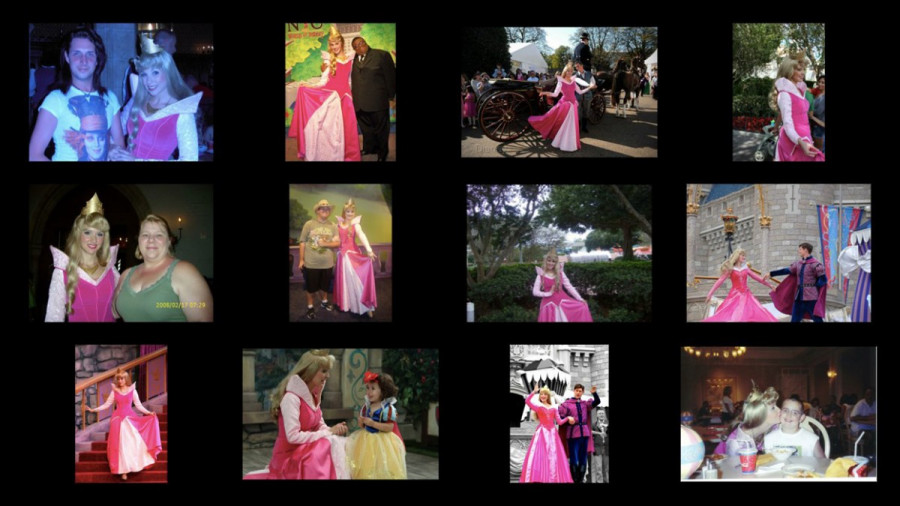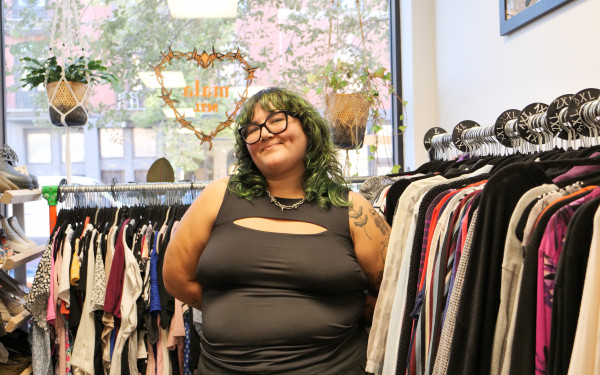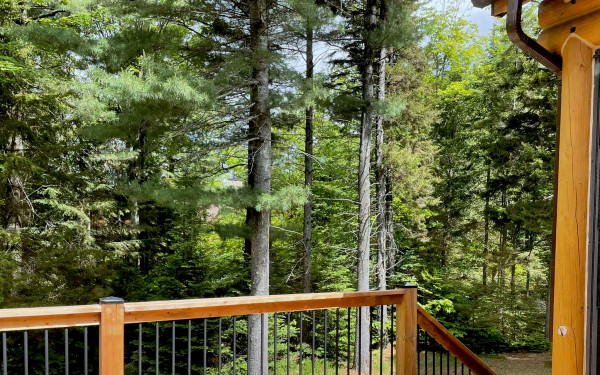Social Profiling
Art Project Looks for Meaning, Trends in Facebook Pictures
For the past few weeks, Serge-Olivier Rondeau and Charles-Antoine Blais Métivier have been spending nearly eight hours a day on Facebook—but not because they’re bored. The two are working on a new art project.
Rondeau and Métivier are the duo behind a project called After Facebook. Their endeavour is part of a summer research residency at the Centre des arts actuels Skol—an arts center which focuses on research and innovative work.
“We wanted to classify and create a topology of the public photos on Facebook,” said Rondeau, a cinema student at the Université du Québec à Montréal.
Their classifications have helped them notice certain trends, both geographically and socially.
They have seen a higher proportion of food photos in Japan, or photos of just-deceased people in Africa, trends which haven’t cropped up elsewhere in the world.
“We’ve also noticed how people post certain pictures as trophies,” he said. “We have pictures of the Eiffel Tower from millions of different angles, because everyone who sees it comes home to post it on Facebook as their trophy, so as to maintain or heighten their social status.”
They started with three categories: portraits, landscapes and still lives. They soon had over a hundred subcategories of everything from Christmas to porn. Some public users even have entire categories for themselves.
“We take screen shots of all the photos to preserve their context—that means the user’s name, any comments and the Facebook address all remain,” Rondeau said.
They created a profile without friends or information to search for pictures, though both have personal accounts. Their idea began from the work of artists like August Sander, whose books are neatly piled at their white worktable.
“Sander wanted to create an archive or topology of the 20th-century German man through photographing all classes of people,” Rondeau said. “We were wondering if, with the laws on the rights of images [in Quebec], we would still be able to do that.”
Their mantra is graffitied onto the white walls of their atelier with red spray paint: narrative is dead.
The project was sparked by a clip posted by the satirical online newspaper The Onion entitled “Internet Archeologists Find Ruins of ‘Friendster’ Civilization.” Métivier, who is working on a certificate in anthropology at the Université de Montréal, showed it to Rondeau.
“Some people’s profiles start from their childhood, and you see them grow up to high school graduation, their first car, their first home—you go to the same parties as they do and you really feel like you know them. It really is the easiest archive of a person’s life.”
Their mantra is graffitied onto the white walls of their atelier with red spray paint: narrative is dead.
Through their project, Rondeau and Métivier question the role of narrative in our database-driven lives.
Another of their taglines is from French cultural theorist Paul Virilio: “Too late for private life.”
When Métivier and Rondeau needed help, they held the event “Sweatshop After Facebook,” which brought about 15 people into their atelier to research public profiles. The BYOC (bring your own computer) event asked the attendees to search for photos from empty profiles, as the duo does daily.
“I love to see how people communicate visually, and this project allows me to see how it influences their social life,” Rondeau said.
They are looking to create a web site for their findings in addition to their current Facebook page, After Faceb00k, which posts some of the more interesting photos they find. They are also eyeing the possibility of a gallery exposition.
“We are witnesses to this amazing phenomenon and who knows how long we will have access to it for,” said Rondeau. “Facebook has enough users that if it were a country it would have the third greatest population in the world and there seems to be no limit to what we can do with it, for now.”


_600_832_s.png)

_600_375_90_s_c1.jpg)


